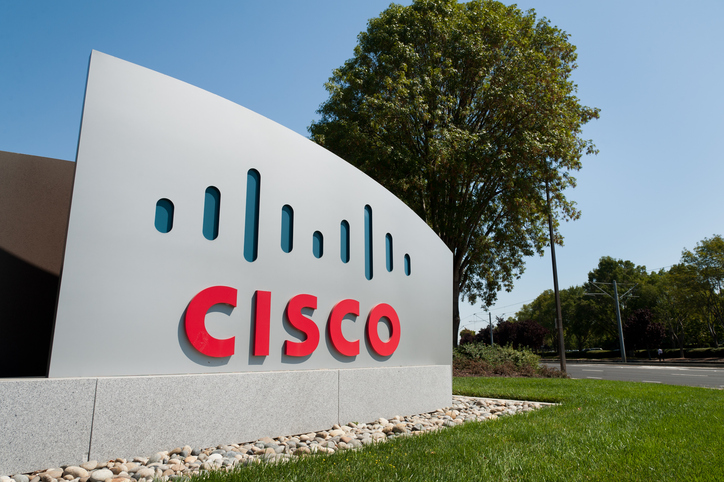In 1996, database and applications software vendor Oracle and Unix workstation supplier Sun Microsystems got together to launch a bold campaign to revolutionise computing.
The hegemony of software giant Microsoft and chip maker Intel would be toppled by the ‘network computer’, the two companies argued, a thin client device that would draw data and applications from a network such as the Internet.
At a time when the total number of PCs sold annually worldwide stood at
70 million, Oracle CEO Larry Ellison made the staggering claim that there would be a billion network computers by the year 2006.
In light of that ultimately unsuccessful launch by these two ‘first-movers’ in network computers, last month’s announcement of the industry-reshaping $7.4 billion acquisition of Sun Microsystems by Oracle makes a little more sense – even though, in more recent times, the two companies’ cultures could not have been more different.
Sun Microsystems had a reputation for having more engineering skill than business nous, a reputation solidified by its recent pursuit of a ‘commercial open source’ strategy that failed to rise above the oxymoron.
Oracle, meanwhile, is the archetypal business-first corporation. While his counterparts at many large IT companies are computing enthusiasts-turned-businessmen, one never gets the impression that technology is for Ellison anything other than a means to profit. But perhaps this mismatch will make for a happy marriage.
There is no mystery as to why Sun was looking for an acquirer; it was in real danger of going bust. Its final financial report as a stand-alone company, published just days after the Oracle deal was announced on 20 April, revealed quarterly revenues down 20% year-on-year to $2.61 billion, and a net loss of $201 million. In November 2008, Sun announced a plan to lay off around 6,000 workers, almost a fifth of its workforce, to claw back costs.
More perplexing is why Oracle would want to be Sun’s knight in shining armour. IBM, which just weeks before was rumoured to be close to sealing the deal, seemed a more logical suitor, and Oracle’s announcement was met primarily with surprise.
Sun’s portfolio is already a complex mix of hardware and software, so bolting it onto to Oracle’s database, middleware and applications stack makes for a confusing picture. What is more, Sun wasn’t able to make money from its own portfolio, so how will its new owner?
There are some obvious areas of synergy. The addition of Sun’s Solaris operating system, for example, allows Oracle to sell businesses support for the entire stack, from operating system to applications via middleware and databases. And it will certainly benefit Oracle to own MySQL, the leading open source challenge to its database business which Sun bought for $1 billion only 18 months ago – if only because it allows it to kill it.
Others are more puzzling. Ellison described the Sun-developed Java programming language as “the single most important software asset we have ever acquired,” even though Sun made it largely free and open source in 2007.
The answer to this particular conundrum may lie not in technology per se, but in personnel. Oracle’s Fusion middleware range is based on Java, and the Sun acquisition will bring with it some of the world’s experts, including original Java inventor James Gosling.
Indeed, this boost is one way in which the Sun buy makes perfect sense. The acquisition brings with it considerable technical talent (Sun was for long the Apple for enterprise to the techies who may not have chosen to work for the sharp-suited corporate Oracle, but who would ultimately prefer that prospect to redundancy).
Another reason relates to cloud computing. Ellison has to date been one of the most vociferous cloud heretics. Even as he announced cloud computing initiatives in partnership with Intel and Amazon last year, he rubbished the term. “What the hell is cloud computing?” he said. “We’ve redefined ‘cloud computing’ to include everything we currently do.”
And despite the fact that he was Salesforce.com’s sugar daddy, he has been equally cool on software-as-a-service. “It’s hard to point to any software-as-a-service provider that’s doing a good job of improving its profitability,” he said a year ago.
But this was all before he owned a hardware company that not only builds its own servers and storage systems (Oracle is now the world’s biggest supplier of tape libraries, for example) but that has already made significant investments in building a cloud computing infrastructure.
The combination of Oracle and Sun is the only company that makes everything in a ‘cloud’ above the component level, especially since Oracle’s acquisition of virtualisation management tool vendor Virtual Iron that was announced shortly after the Sun deal. “We will be the only company out there that can provide everything from the applications to the disk,” said Oracle president Charles Phillips at a recent customer conference.
For many, this seeming reversal of the evolution of the IT industry will send shivers up their spine. But this is the direction the industry appears to be moving in; customers’ hunger for value and simplicity, and anger over money wasted on integration, is prompting the return of the ‘one stop shop’ vendor.
Having added Sun’s technical wizardry to his own ruthless commerciality, Ellison has one of the strongest hands in the sector. We may see those billion network computers yet.









